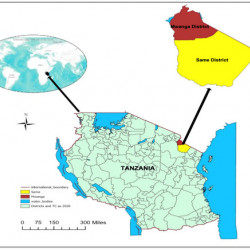
21 April 2023
The Sustainable Development Goals (SDGs) are a set of 17 goals and 169 targets that were adopted by the United Nations in 2015 as a global effort to eradicate poverty, preserve the planet, and achieve peace and prosperity for all by 2030. They apply to all countries and are designed to be integrated, with progress on one goal supporting progress on...
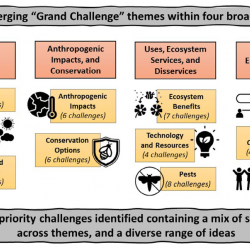
10 April 2023
With the rapid pace of anthropogenic environmental change, as well as global challenges such as climate change, and widespread biodiversity loss, there is a need to further develop our understanding of insects to maximise the benefits and minimise the harm associated with them. Entomology is essential for comprehending terrestrial and freshwater ecosystems...
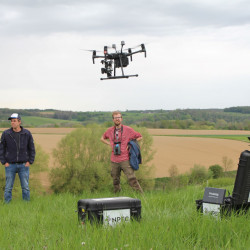
04 April 2023
The presence and variety of plants and insects, such as bees, are essential marks of biodiversity, ecosystem well-being, and agricultural production. Bee populations however are declining worldwide due to, among others, habitat loss, climate change, and agricultural intensification. Although the reasons behind this decline are well studied, determining...
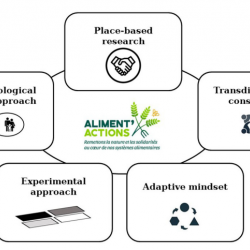
30 March 2023
The understanding of how to restore and improve the resilience of agrifood systems could be enhanced by considering them as social-ecological systems, encompassing all living beings and their dynamic interactions with the earth system. Such a perspective calls not only for an interdisciplinary approach but also a transdisciplinary and transformative...
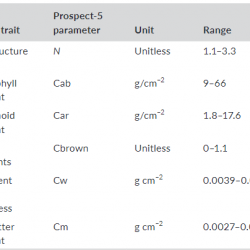
17 February 2023
Studies in the field of remote sensing of biodiversity are increasing, accompanied by the development of a variety of approaches and methodologies to better assess multiple dimensions of biodiversity in different ecosystems. One such approach is the Spectral Variation Hypothesis (SVH) which proposes that the pixel-to-pixel variability of the spectral...
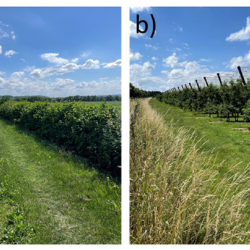
10 February 2023
Agri-environment schemes (AESs) are often developed and implemented in order to mitigate the negative effects of intensive agriculture, conserve biodiversity on farmland and increase agricultural sustainability. Many such widespread AESs aim to maintain or create field margin habitats, such as flower strips or hedgerows. Their effectiveness however...
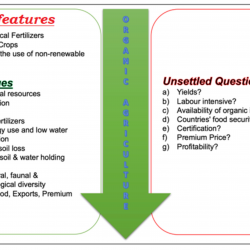
19 January 2023
With organic food increasing in demand due to health and environmental benefits, several questions remain unanswered. Do organic farmers generate higher profits? Will the cost of cultivation reduce to compensate for low yields? Can farmers practise as per the organic agriculture protocols and obtain certification? A recent paper co-funded by SHOWCASE...
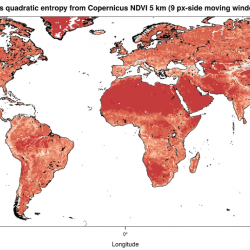
12 January 2023
A SHOWCASE-funded paper “Measuring diversity from space: a global view of the free and open source rasterdiv R package under a coding perspective” presents a new R package - rasterdiv - to calculate diversity indices based on remotely sensed data, by discussing the theory behind the developed algorithms.
Ecology has recognised the variation of species...
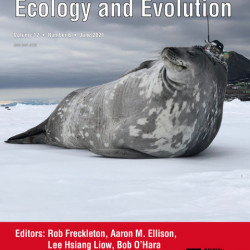
05 January 2023
As we welcome the new year, we embark on a retrospective journey to appreciate the SHOWCASE biodiversity research produced thus far, starting with “rasterdiv—An Information Theory tailored R package for measuring ecosystem heterogeneity from space: To the origin and back”.
This co-funded SHOWCASE paper, published in the Methods in Ecology and Evolution,...

21 December 2022
A recent news piece published by the Community Research and Development Information Service (CORDIS) calls attention to SHOWCASE’s research-based policy recommendations.
As the European Commission's primary source of results from EU-funded projects, CORDIS brings impactful research results closer to relevant stakeholders. SHOWCASE caught its...
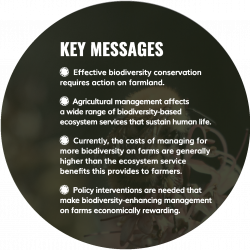
09 December 2022
This press release was published by EurekAlert! and AlphaGalileo.
On the occasion of the 15th meeting of the Conference of the Parties to the UN Convention on Biological Diversity, the EU project SHOWCASE issued its first policy brief providing research-based policy recommendations.
SHOWCASE’s first policy brief will be distributed at a...
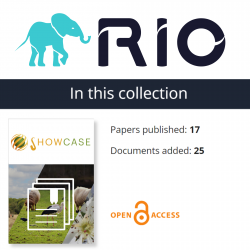
30 November 2022
This press release was published by EurekAlert! and AlphaGalileo.
Europe is increasingly investing in research and innovation. Supporting scientific breakthroughs, addressing social challenges and stepping up cooperation are only a few of the benefits of that investment. And while the results of research projects often become well-known success stories,...